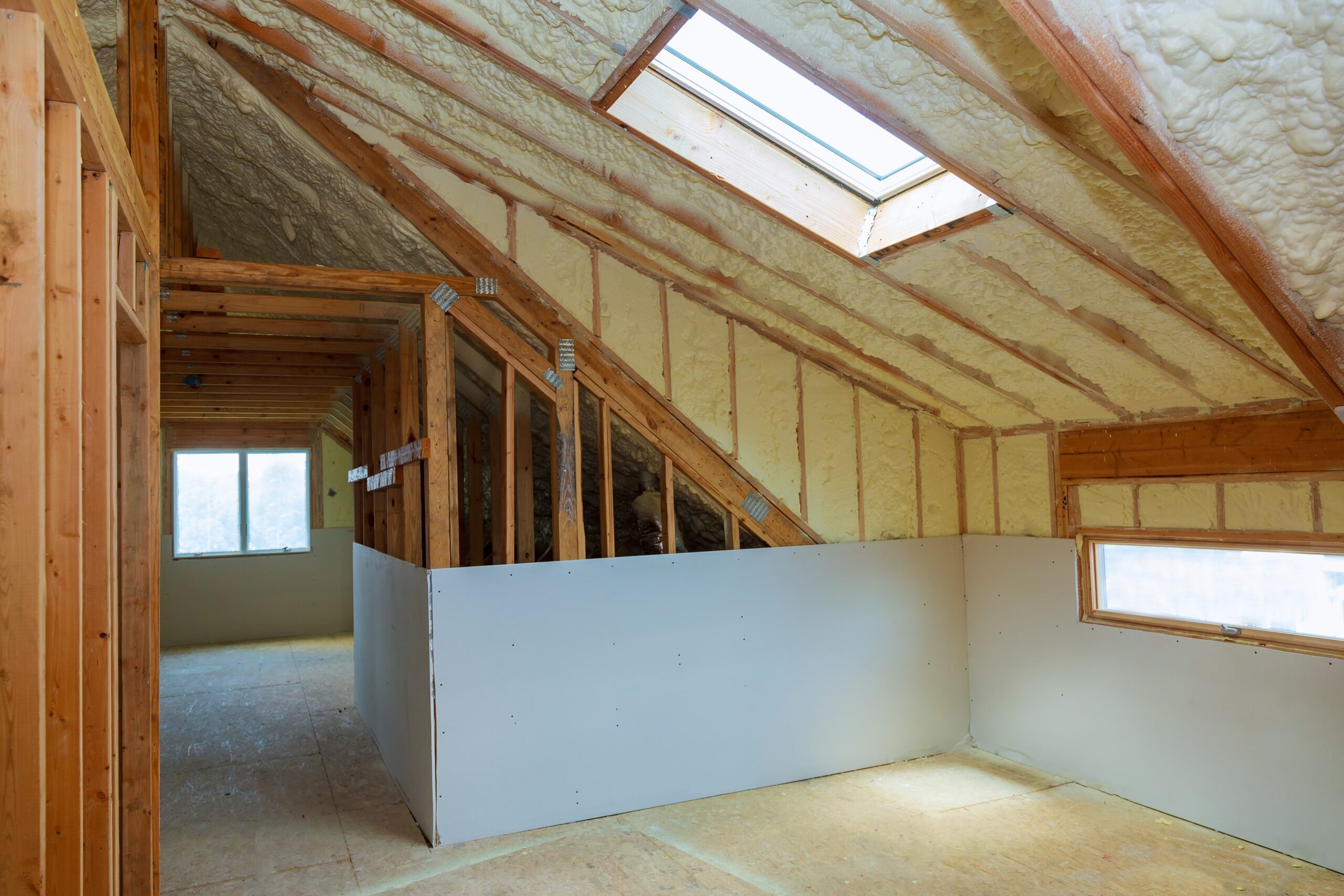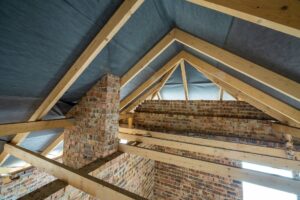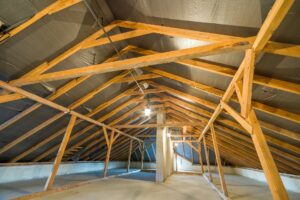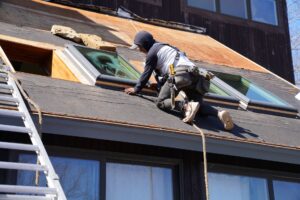
Maintaining a comfortable, healthy, and energy-efficient home involves more than just selecting the right roofing materials or installing stylish skylights. A crucial, yet often overlooked factor, is the proper ventilation of your roof system and attic.
Proper roof and attic ventilation plays a pivotal role in regulating your home’s temperature, protecting your roof’s structure, and optimizing energy efficiency. J. Carnes & Son Roofing, the leading and most trusted residential roofing contractor in New Hampshire and Southern Maine, specializes in providing expert guidance and professional service for your roof ventilation and attic insulation projects.
In this blog, we will discuss the importance of adequate roof ventilation and attic insulation, delve into their benefits, and offer tips for partnering with a qualified roofing contractor to ensure a successful project.
The Importance of Proper Roof Ventilation and Attic Insulation
Ensuring your home has proper roof ventilation and attic insulation is essential for numerous reasons. It not only contributes to a comfortable living environment but also provides the following essential benefits:
1. Temperature Regulation: Adequate roof ventilation helps maintain a consistent, comfortable indoor temperature by releasing hot air from the attic during summer months and preventing the formation of ice dams in winter.
2. Moisture Control: Appropriate ventilation prevents the buildup of moisture in the attic, which can lead to mold growth, wood rot, and other structural damage if left unaddressed.
3. Prolonging Roof Life: Ventilation and insulation minimize temperature fluctuations in the attic, reducing the strain on roofing materials and helping extend their lifespan.
4. Energy Efficiency: An optimally insulated attic minimizes heat transfer between your living spaces and outside, reducing the load on your HVAC system and lowering energy costs.
Understanding Different Types of Roof Ventilation
Several types of roof ventilation systems are available, each with its unique benefits and purposes:
1. Ridge Vents: Installed along the roof’s ridge, these vents allow hot air to escape the attic and encourage the flow of cooler air. Ridge vents provide a discreet and continuous ventilation system.
2. Soffit Vents: Located under the eaves, soffit vents provide an intake of cool air that works with ridge vents or other exhaust vents to create airflow in the attic.
3. Gable Vents: Installed at the roof’s peak, gable vents allow hot air to escape through the gable end of the house. They are often used in conjunction with soffit vents for optimal airflow.
4. Powered Roof Vents: These exhaust fans remove hot air from the attic, while one or more intake vents provide fresh air. Powered roof vents are effective but may consume more energy than passive ventilation systems.
Factors to Consider When Insulating Your Attic
Thoroughly insulating your attic is crucial for maximizing energy efficiency and maintaining a comfortable home. Here are important factors to consider when undertaking an attic insulation project:
1. Insulation Material: Common attic insulation materials include fiberglass, cellulose, and spray foam. Each has its benefits and drawbacks, and a knowledgeable contractor can help you determine the best choice for your home.
2. R-Value: The R-value of insulation material measures its resistance to heat flow. Higher R-values indicate better insulating capabilities. Your home’s geographic location may dictate specific R-value requirements for local building codes.
3. Proper Installation: Ensuring that insulation is evenly distributed, with no gaps or compressions, is crucial for optimal performance. Installing baffles to maintain ventilation is also essential when adding insulation.
4. Sealing Air Leaks: Address any air leaks in your attic before insulating to maximize energy efficiency and prevent drafts.
Choosing the Right Roofing Contractor for Ventilation and Insulation Projects
Partnering with an experienced, trustworthy roofing contractor is essential for the successful completion of your roof ventilation and insulation upgrades. Keep the following tips in mind when selecting a contractor:
1. Experience and Expertise: Choose a contractor with expertise in both roofing ventilation and attic insulation. This will ensure they have comprehensive knowledge of the process and can identify any potential issues.
2. Licensing and Insurance: Verify that your potential contractor has the appropriate licenses and insurance coverage to protect your investment and ensure they comply with industry standards.
3. Reviews and Testimonials: Research online reviews and testimonials from previous clients to gauge the contractor’s professionalism, communication, work quality, and overall customer satisfaction.
4. Transparent Estimates: Reliable contractors provide transparent, detailed estimates for both the roof ventilation system and attic insulation project. This ensures you have a clear understanding of costs, materials, and timelines.
Maintaining Your Ventilation and Insulation Systems
Proper maintenance of your home’s roof ventilation and attic insulation systems can prolong their effectiveness and provide lasting benefits:
1. Routine Inspections: Schedule periodic inspections of your ventilation and insulation systems to identify and address any concerns before they result in costly damage.
2. Debris Removal: Keep vents, soffits, and gables clear of debris to maintain proper airflow and prevent potential damage.
3. Pest Control: Regularly check for evidence of pests in your attic and address any infestations promptly to prevent damage to your insulation and ventilation systems.
Final Thoughts
Proper roof ventilation and attic insulation play a pivotal role in maintaining a comfortable, energy-efficient home while prolonging the life of your roofing materials. By understanding the importance of these systems, exploring your options, and partnering with a reputable roofing contractor like J. Carnes & Son Roofing, you can ensure your home’s protection and comfort for years to come.
Contact our roofing contractors in New Hampshire today to discuss your roof ventilation and attic insulation needs and learn how we can help enhance your home’s overall performance and energy efficiency!




